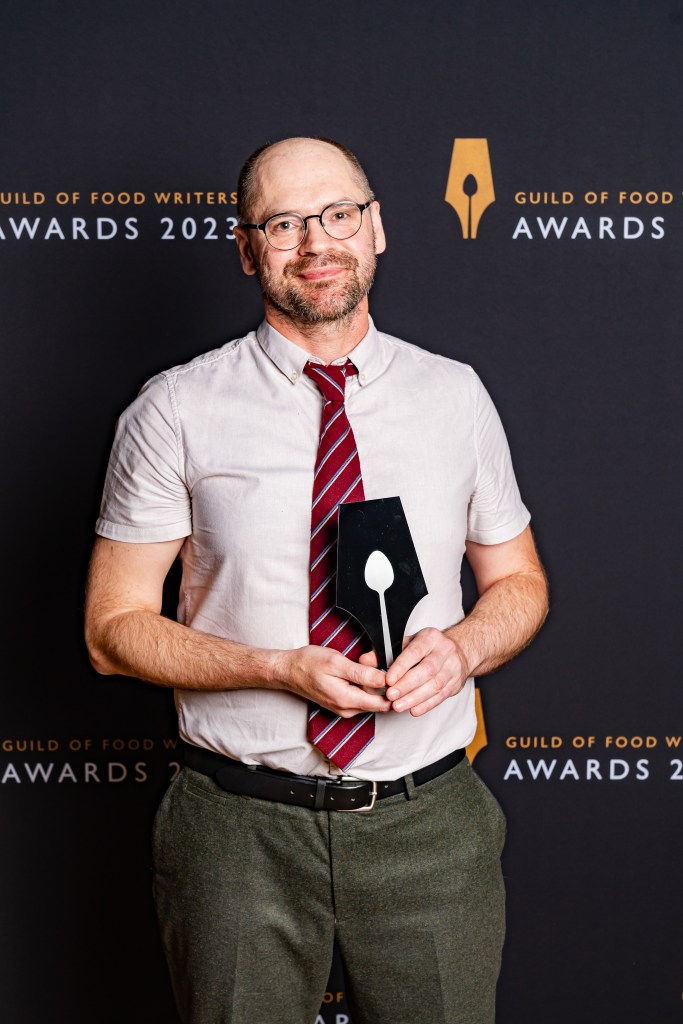
About Me
My name is Dr Neil Buttery and I have been writing and researching the history of British food for eighteen years, and through the process of writing and cooking, I have become an author, professional chef and consultant specialising in social history surrounding cooking, dining and our foodways. I have received awards for my writing and consultation and outreach work at the Museum of Royal Worcester. Before this, I was a secondary school teacher and then a research scientist, researching social evolution, a branch of ecology and evolutionary biology. My CV is below. If you would like to contact me, please email me at neil@britishfoodhistory.com
It all started with my original blog, Neil Cooks Grigson, all the way back in 2007, which I started up simply as a way to help me practise writing for the PhD I had started at Manchester University. I didn’t take long however for me to become hooked on the food and history writing. So much so, that when I moved to America for my first research job, I started up this blog too!
The penny dropped and I realised I had taught myself a wide range of skills, especially when it comes to preparing and cooking unusual cuts of meat, offal and game. I moved back to Manchester and started up my own food business, even running a small restaurant for two years.
I then began to specialise in banquets and taster menus; I even turned my house into a makeshift restaurant several times, serving up five-course menus of British food and getting nominated for a Manchester Food & Drink Award in the process! And then I opened my first restaurant The Buttery in Levenshulme in 2016. Unfortunately, it had to close after two years.
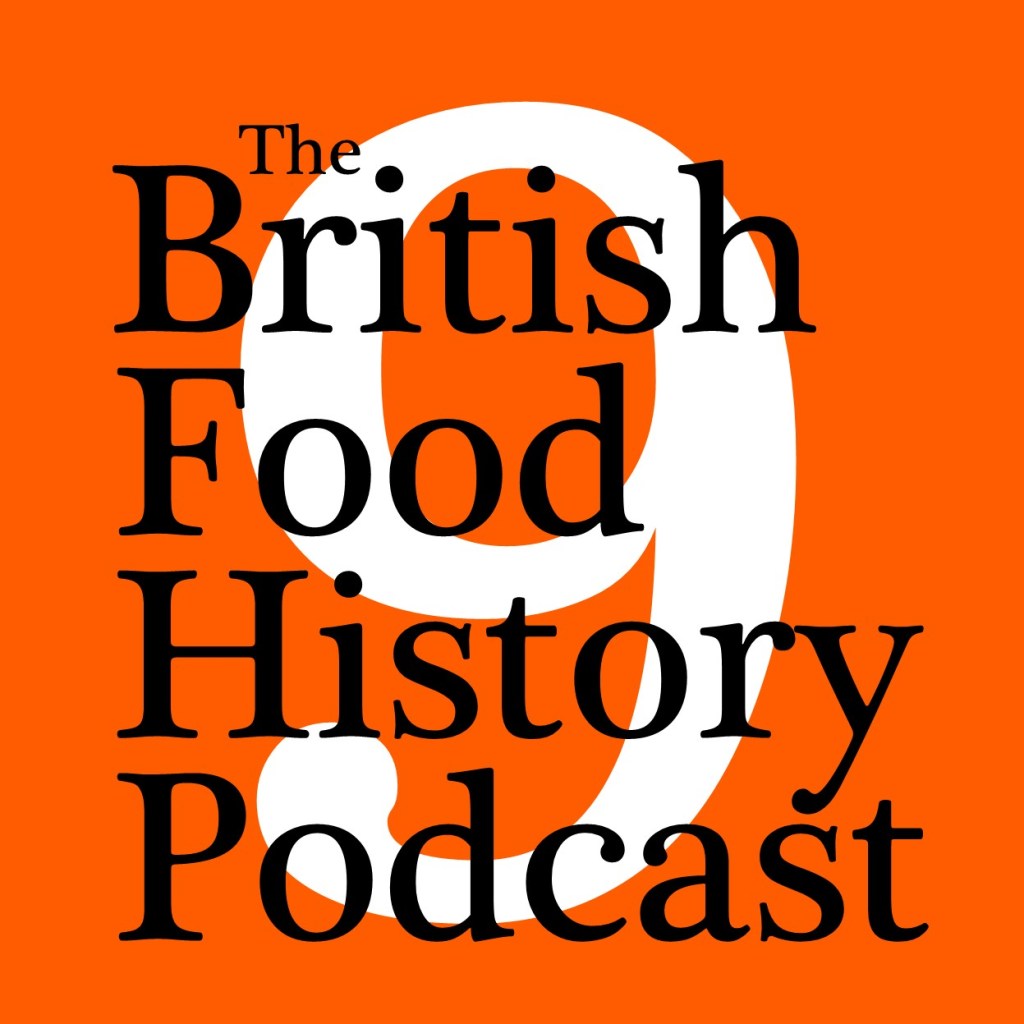
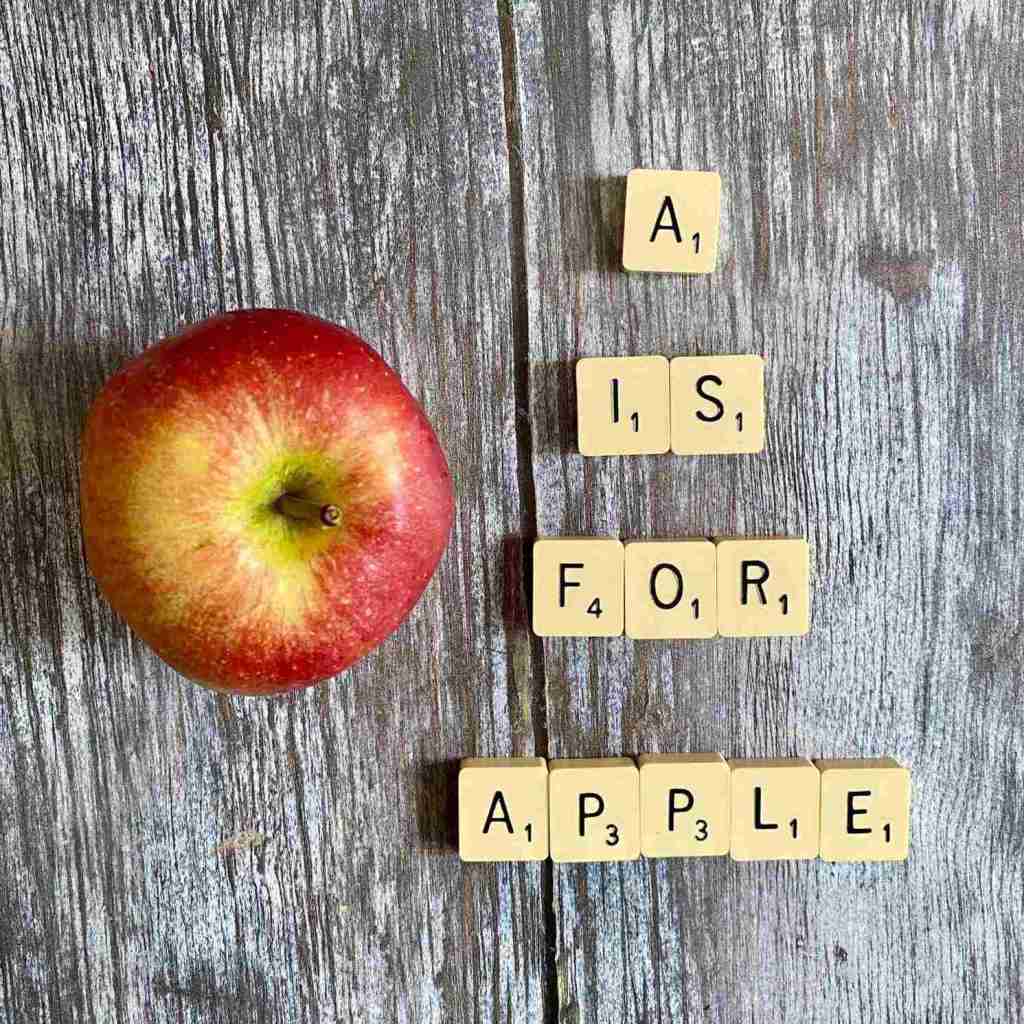
In 2020, I started up The British Food History Podcast, a natural extension of the blog. I’ve been bowled over as to how popular it has become, nestled in the Apple Podcast top 15 UK food podcasts. In 2024, I started a second podcast with co-hosts Sam Bilton and Alessandra Pino called A is Apple: An Encyclopaedia of Food & Drink.
In May 2022 my first book, A Dark History of Sugar, was published by Pen & Sword History, which won the Best First Book Award at the Guild of Food Writers Awards 2023. My second book Before Mrs Beeton: Elizabeth Raffald, England’s Most Influential Housekeeper, was published in March 2023, which won the Best Food Book category at the Guild of Food Writers Awards 2024. September 2024 saw the publication of my third book, Knead to Know: A History of Baking, published by Icon Books, and in October of 2024 my fourth, The Philosophy of Puddings from The British Library, was published.
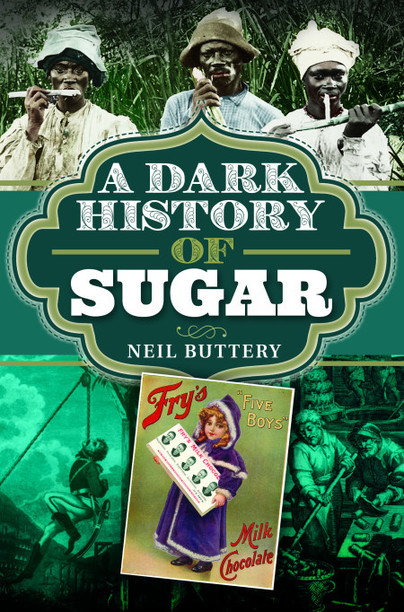
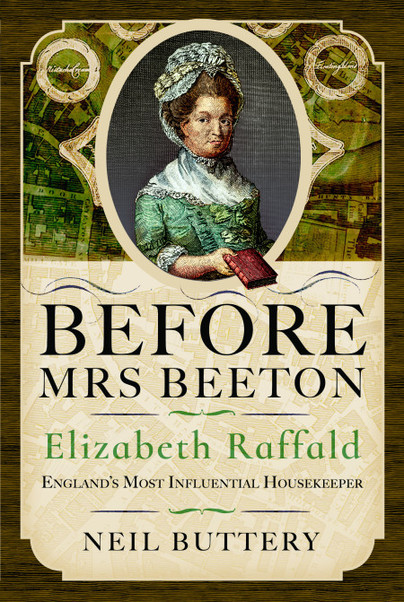

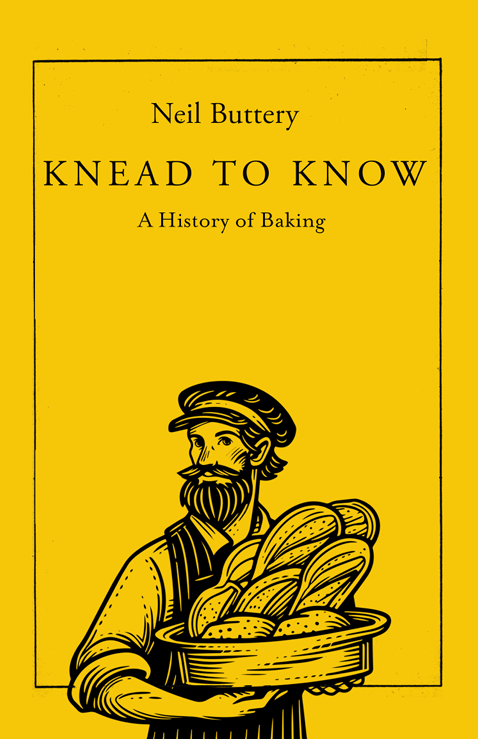
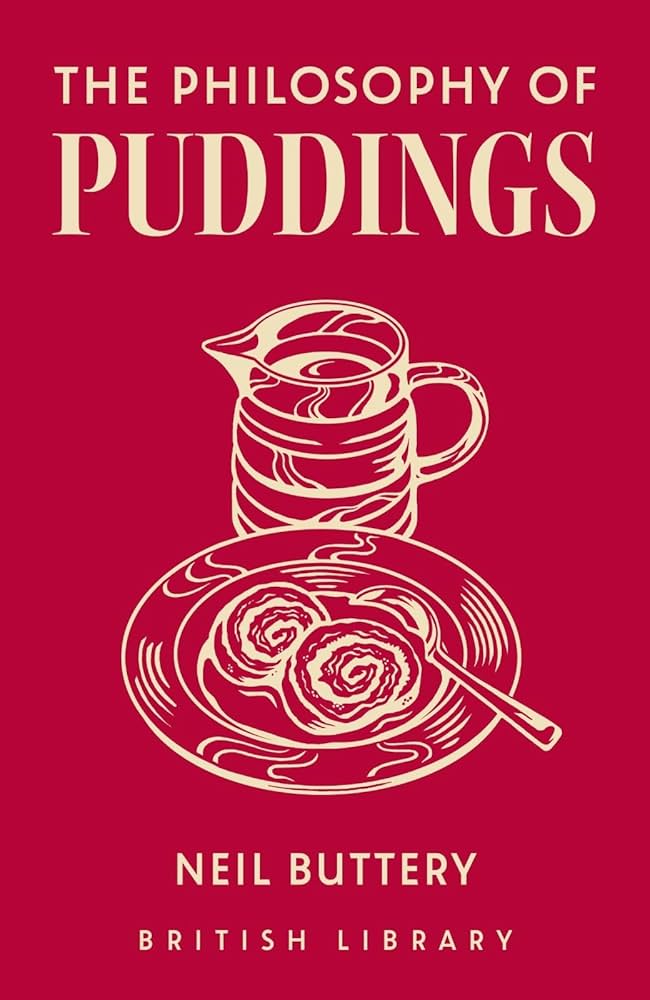
I feel very lucky too; the blogs and the cooking have attracted attention and I have had the opportunity to appear on Channel 4’s Britain’s Most Historic Towns, Radio 4’s The Food Programme, a Telegraph cookery competition for food bloggers (where I came second!), and made the world’s largest Jaffa Cake in Channel 5 show Amazing Cakes & Bakes, where I was also the resident food history. Fun times! For a full list of my dabblings in various media, take a look at my ‘Media’ page.
If you like the blogs and podcast I produce and would to start a £3 monthly subscription, or would like to treat me to virtual coffee or pint: follow this link for more information. Thank you.
Books
2024 Knead to Know: A History of Baking, published by Icon Books. Also available as an audiobook narrated by me.
2024 The Philosophy of Puddings, published by British Library Publishing
2023 Before Mrs Beeton: Elizabeth Raffald, England’s Most Influential Housekeeper, published by Pen & Sword History
2022 A Dark History of Sugar, published by Pen & Sword History
Other Writing
I am a regular contributor to Country Life and BBC Countryfile Magazine, writing on a variety of subjects such as regional foods, food traditions, early medieval bread and the invention of the pressure cooker.
I have also written for food history journal Petits Propos Culinaire, online food magazine CKBK and The Daily Express.
See my Media and County Foods series for writing samples.

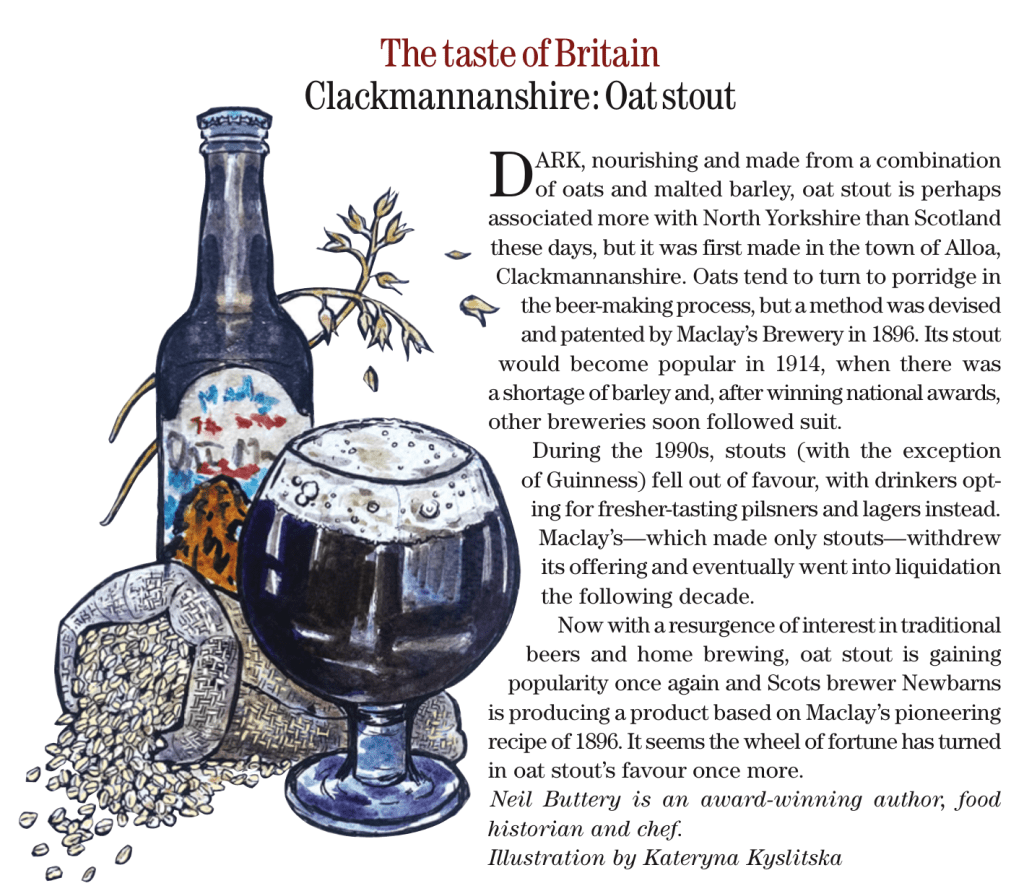
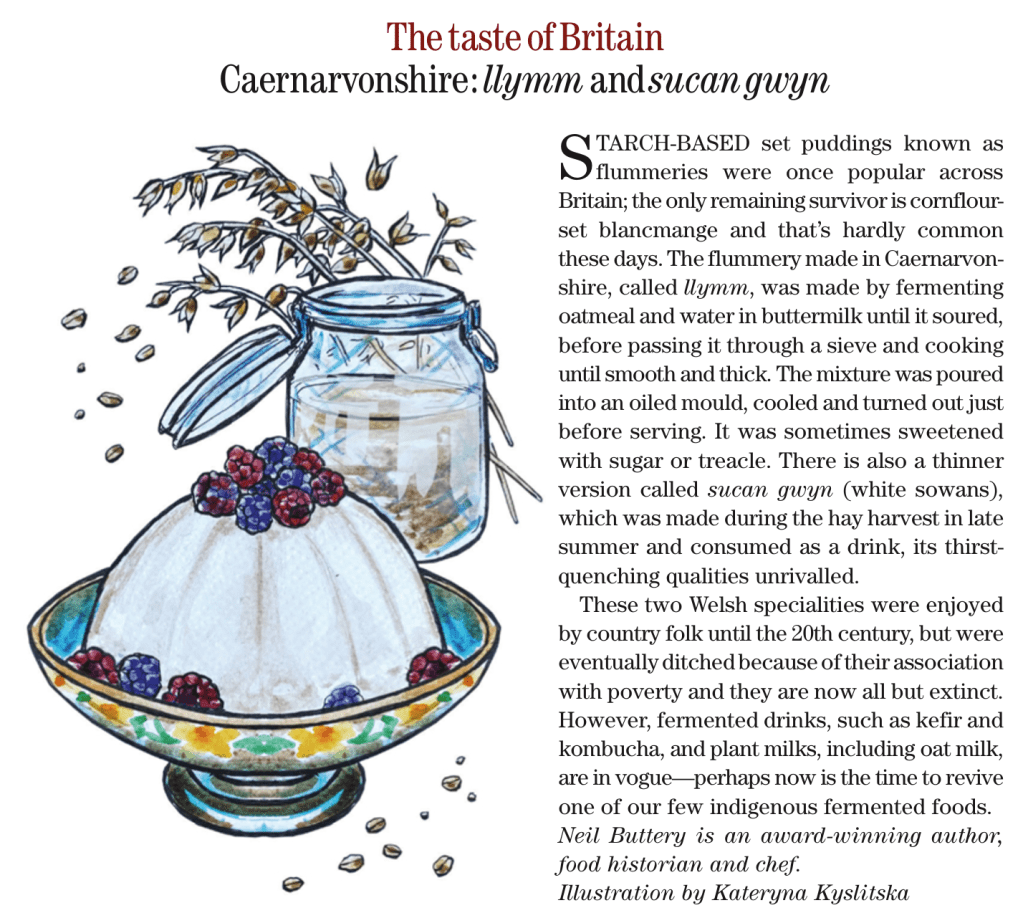
Media
I have contributed to BBC Radio 4’s The Food Programme twice, on the subject of bitter foods and on a special episode celebrating the life and work of food writer Jane Grigson. I also contribute regularly to live BBC radio, including BBC Radio 5 Live and several local radio stations.
Channel 5: I have contributed to several programmes on Channel 5. I was the resident food historian in Amazing Cakes and Bakes, and appeared on Secrets of the Royal Palaces.
Channel 4: I contributed to the episode about Norman Winchester on Britain’s Most Historic Towns.
Blogs & Podcasts
2024 – present: A is for Apple: An Encyclopaedia of Food & Drink. I co-host this podcast with food historians Sam Bilton and Alessandra Pino. Each season, we explore food culture by focusing on a single letter of the alphabet each season.
2020 – present: The British Food History Podcast, my podcast covering every element of British food, is a top 15 ranking food podcast on the UK Apple Podcast Charts.
2011 – present: British Food: A History. My ‘other’ blog, which now also functions as my website.
2007 – present: Neil Cooks Grigson. The blog that started it all; my attempt to cook every recipe in Jane Grigson’s epic cookery book English Food.
Consultancy
2024-25 Historic Ices project leader at the Museum of Royal Worcester.
2025 Lizi’s Cereal Great British Breakfast Report: Data analysis, report and media day.
2023-24 Leader of Dr Wall’s Dinner project at the Museum of Royal Worcester.
2023 Researcher and script writer on the Florence Pugh episode of National Geographic programme No Taste Like Home with Antoni Porowski.
2022 Researcher and script writer on BBC Radio 4 programme One Dish, produced by Storyglass.
2021-2 Recipe consultant for the British Cook Book by Ben Mervis, published by Phaidon.
2019-22 Development of zero-waste food hall with Ecospheric Ltd.
Other Roles
2025-present: Founding member of the Serve it Forth Food History Festival.
2013-15 Founding Director of Levenshulme Market CIC.
Awards & Prizes
2025 British Library Food Season Awards ‘Food on Display’ Award 2025, Dr Wall’s Dinner with the Museum of Royal Worcester – Winner.
2024 Guild of Food Writers Awards Best Food Book, Before Mrs Beeton – Winner.
2023 Guild of Food Writers Awards Best First Book, A Dark History of Sugar – Winner.
2016 Manchester Food & Drink Award, Best Pop Up or Supper Club – nominee.
2015 BBC Food & Farming Award – nominee (as Director of Levenshulme Market CIC).
2015 Telegraph Fabulous Foodie Competition for Food Bloggers – runner up.
Thank you for reading!
Neil Buttery
Last updated: August 2025

Great thought! I look forward to this blog too. Now how about some entries on your science side at http://sociobiology.wordpress.com/
LikeLike
I’ve greatly enjoyed your posts. We have a few things in common. My Mom is English, and I have some family living in Ilkley and Maltby. I am also local in St. Louis. There is a great little English food shop on Main Street in St Charles – I could spend hours in there. Thank you for bringing England a little bit closer to home.
LikeLike
thanks for commenting, Anita!
i have yet to go to St Charles, but I have heard of the English shop there, so I should check it out. I hear there is a good tea room there too.
Ilkley is one of my favorite places – I used to go there almost every Sunday for walks. Great memories…
LikeLike
Such an ‘insiders’ look at English food history. You’ve added a other follower…Thanks,
LikeLiked by 1 person
Thanks Paul !
LikeLike
So happy to have found this! Where do you live?
LikeLike
Thanks for messaging!
I live in St Louis now, but am moving back to England in August…
LikeLike
Ahhh, I am in San Francisco and hope to never move back to England 🙂
LikeLike
I like it in the USA, and my better half is back there so I knew it would be temporary. I was in SF last year on a road trip. I can see why you want to stay there!
LikeLike
I googled your site because I am reading another book which talks about “Hester” cooking “Monk” some bubble and squeak. Sounds good and I’ll be making it If I ever have leftover beef (my family loves beef). We all love leftover cabbage and mashed potatoes, so it should be a big hit. Marilyn McMorris Gottwald, Peoria Illinois.
LikeLike
Hello Marilyn. Hope you give it a go. It’s great comfort food. I actually forgot to photograph the finished thing, but I’ll be rectifying that when I cook it next.
Let me know how it turns out!
LikeLike
As someone not British but very interested in British cooking, I absolutely love both of your blogs! I plan on picking up Jane Grigson’s English Cooking as soon as I can. 🙂
LikeLike
I’m glad you like them both! They’re a little quiet at the moment, but they’ll be getting busy soon….
LikeLike
Thanks for your thorough posts on eels, and pie and mash. After a trip to London and F. Cooke in Hackney I am writing up the experience for LTHforum, the Chicago-based food chat site. Your eel history is an excellent source which I will cite. BTW-I am also a St. Louis resident with a WashU better half!
LikeLike
Glad you like the posts – I’ll be adding more eel posts in the next few days.
A St Louis resident? It’s a small world. I do miss Wash U – you always feel very looked after there.
Neil
LikeLike
Funny how becoming an expat makes you obsess about British Food. when in France I crave a pork pie, I come back to Jersey eat one and it smells like my dog after it has eaten a bone. Being originally from the West Country I love Faggots but have given up on finding any like Bainbridge the Butcher used to sell in Stroud on a Wednesday. Perhaps somethings are best just left and remembered with affection, a bit like an old lover.
LikeLike
Hi Andy
Well i thnk you are both right and wrong! Some things are definitely left forgotton, but others are just waiting to be rediscovered; and a really good pork pie tastes nothing like a wet dog munching on a chewie!
LikeLike
Hi! I have to do a project for school on a recipe from Europe between the 1330s and 1600s. I’m doing a recipe called Rosy Almond Cream, and I was hoping you could help me out. For the project, I’ll need the history of the recipe. All I know is that it’s from England in Medieval times. I was hoping that maybe you could help me to find the history of the recipe? I’ve looked everywhere, and I just can’t seem to find it! Please write back if you can help me. Thanks! 🙂
LikeLike
Hello there. I am sure I can help you out here. I’m a little busy for the rest of the week though, but after the weekend I’ll have lots of spare time to give you a hand. In the mean time – try looking in Google books. It’s where I get a lot of my information from. I’ll look through my books for you aswell.
laters!
LikeLike
What a fascinating blog, the perfect read when I am feeling homesick. Obviously written with love and care.
LikeLike
I am very glad you like it!
LikeLike
Hi, you don’t know me but I have followed your blog for a while now. I nominated you for the WordPress Family Award because I find your blog inspirational. http://thesimpleabode.wordpress.com/2013/12/04/feeling-more-confident-about-all-of-this-3/
LikeLike
Hi Simple Abode, I recognise your Avatar. Thanks so much of this Family Award! It’s nice to know that people read – and enjoy! – the blog. I’d better get thinking about who I should nominate…
LikeLike
I recently found your blog and am really enjoying it. I’m nominating you for the Very Inspiring Blogger Award. No pressure to accept (there’s some work involved), but here’s the link to my post about this: http://revolutionarypie.com/2013/12/19/versatile-blogger-award/#more-1625
LikeLike
I meant the Versatile Blogger award. Sorry, it’s early in the morning. Very Inspiring, Versatile, whatever. 😉
LikeLike
Thank you so very much! I’m happy that people look at the thing, so getting an award has made my day. Cheers!
LikeLike
Hello! What a fun blog. I am an American living in Wales, love Jane Grigson (particularly Good Things) — love making oddball things, cooking historical recipes…. Will enjoy reading you.
LikeLike
Good Things is a great book. At the moment, I’m obsessed with her Fruit Book…
LikeLike
Yes! That’s a wonderful one too! And the Vegetable one is also fab.
LikeLike
Hi Neil, I’ve got a food history story for your blog if you’re interested – can you get in touch? It’s about Jane Austen’s favourite cake, the Devizes Cheesecake, and a baker who has finally resurrected the long lost recipe.
LikeLike
Oooh! Interesting – how do I get in touch?
LikeLike
Hi there, I have come across this blog by chance and was looking at the toasting plates the belong to the Victorian range stove. I myself own one of these old Victorian range stove cookers and have realised that the toasting plate component is missing from the stove. I have searched extensively for one of these and as you can imagine they are very difficult to come by. I have been looking out for one with the possibility of having a mould professionally made of this component and then having one cast. I noticed in the article that the authors friend ‘andreas’ has one of these on her stove and I was wondering if there would be any chance in us having a chat! The unit in the picture looks identical to our own! It would be fantastic to get this piece made to complete the unit and preserve a piece of history! Many thanks Kurt
LikeLike
Hi Kurt
I don’t see Andreas very often these days, but when i do, I’ll mention it to him
LikeLike
Hi, I just stumbled across your blog yesterday and just wanted to say that I love it! Spent way too long reading all your old posts, its absolutely fascinating reading about the history of British food and I just wish I could have been a guest at your dinner party through time!
LikeLike
Hi Neil…I love your blog, really fascinating stuff. I worked in the industry for several years, then became a senior lecturer in professional cookery and food production…loved it…I’m long retired now but still very interested in the origins of dishes etc. I still keep picking up cookery books (about 600 now! )
lots from charity shops – original price anything up to £30, charity shop price generally about £1 …I can lie in bed reading cookery books for ages. I go to France a lot and get cookery magazines and secondhand books there too….one never stops learning. I must admit that some of the modern dishes are not my type of thing..,a Swiss colleague once described it as ‘painting with gravy!’ .I know you like eels and when in France last year was taken by a French friend to a restaurant on the Loire that specialises in eel dishes…wonderful menu! Very many yeas ago I was working in Hereford and we sometimes got given buckets of elvers…..probably not so freely available these days.!
LikeLike
I think I am a cook book addict! I love them. I am particularly interested in mediaeval food these days and have a few posts up my sleeve about it. I’d love to do more teaching, something I’d like to develop in the future.
And you’re right, it’s all about lifetime learning I think.
I do love my eels and very glad the conservation effort is going so well with them.
Thanks for your comment! I’m going to try and post more this year!
LikeLike
Hi, I was wondering if I could email you about a story?
LikeLike
Hi Sarah, sure, what’s it about?
LikeLike
I work for York Mansion House and we are reopening this year – our renovation includes our Georgian kitchen back to it’s former glory so thought we could do a great historical cookery piece?
LikeLike
Oh great! York is my favourite city too, so couldn’t be better. I’ll drop you an email
LikeLike
Hey,
Great blog! So interesting.
I’m currently researching English cuisine in the year 1818, and would love to have a chat with you about your amazing wealth of knowledge.
I couldn’t find an email but you can reach me on lucie.massey@gmail.com.
Hoping to hear from you!
LikeLike
Hi Lucie, I’d be happy to have a chat. I’ll email you in the next day or two
LikeLike
You asked about the medieval dining picture posted in September 2017. It is
Holy Dinner, by Jaume Ferrer I (active until the middle of the 15th Century. Holy Dinner. Detail of a group of apostles. Tempera painting on wood. Catalonia
LikeLike
Ah thank you Claire – so not at all British then! Hey ho. Good to know though
LikeLike
Hi Neil
I collect Brown & Polson memorabilia and have many of their recipe books . I also have them in French & German. If your ever looking for a specific recipe of theirs please get in touch.
LikeLiked by 1 person
Oh great, thanks! I might just do that
LikeLike
Why have I only just found your blog? Anyway, I’m very glad I have because I think I can spend a lot of time rooting around in here!
LikeLiked by 1 person
I’m very glad you’ve found me!
LikeLike
Would you mind if added a link to my post about elderflower recipes to your blog post? I think people need to know more about the trees/flowers.
LikeLiked by 1 person
Of course not!
LikeLike
Pingback: Seven traditional Westcountry recipes you might not want to try - elmenulocal
Pingback: Seven traditional Westcountry recipes you might not want to try – The Best Food Recipe
Pingback: Seven traditional Westcountry recipes you might not want to try – Dsmenders Blog
Great blog. Really enjoying reading it, it’s very interesting. Thanks
LikeLiked by 1 person
Glad you’re enjoying it Vilis
LikeLike
Pingback: "The perineum of the year": A round up of 2020 | The Past is a Foreign Pantry
Hello Dr. Buttery! You have a great blog! I’m currently working on self-publishing an edition of Shakespeare’s “A Misummer Night’s Dream”. Would you like to contribute in a small way? I want to have a page that gives a recipe for Lamb’s Wool. While there are plenty of recipes for Lamb’s Wool on the internet, it’s hard to tell if any of them are accurate to what they would have enjoyed during the bard’s time. Would you like to contribute the recipe for Lamb’s Wool that you think would have been what they drank in that time? Even if you want to say that it’s hard to really know for sure, but you’re giving your best estimate, I think my readers would enjoy it very much. Of course, I’ll give you credit and I’ll link to your blog.
LikeLiked by 1 person
Hi Mike – yes I’d be happy to do that. As long as I could use the recipe myself for something too …
LikeLike
Dear Dr Buttery, I am finding the origin of the foldable steaming tray (made of a stainless plate and numerous petals around the plate so that it fits in the deep pan nicely). My guess is it was invented by a Japanese wife, but I have not found the evidence yet. As steaming is a major method of cooking in China, it may have been invented in Hong Kong. I would be very grateful if you could enlighten me with your knowledge.
LikeLiked by 1 person
Hello Ted. I had always assumed it was or Chinese or Japanese design for the same reasons as your wife. Aside from that, I can’t be much help. I had a quick look on my shelves but have found nothing
LikeLike
Many thanks for your reply. My friends in the UK said they had the free size steamer since the 1980s and it was used to steam vegetables which was a surprise to me. All I remember back then was over-boiled vegetables. This is why I am after the origin of the steamer.
LikeLiked by 1 person
Ah I see. I would say they were an anomoly in the 80s. All I remember is overcooked veg!
LikeLike
Hello Neil,
I love your blog on Grigson and have been using it for a couple of dinner parties.
I’m absolutely gutted to have missed your restaurant as I’m obsessed with traditional and regional English recipes.
Do you have any popup events planned and how far do you travel to do events?
Thanks
Simon
LikeLiked by 1 person
Hello Simon – glad you’ve been inspired by Jane in the kitchen. I’m not doing any popups or other events for time being as I don’t have anywhere to suitable to cook or serve. I’m focussing on writing these days really. I’ll let you know if that changes though.
Thanks again,
Neil
LikeLike
Hi,
Thanks for your response, do you know of any restaurants anywhere in the UK that do focus on historical or regional food?
Simon
LikeLike
Pingback: A Dark History of Sugar is essential reading, maybe not for the squeamish - Neil Sowerby
Pingback: The 1 Unexpected Fruit Chefs Use For The Best Parsnip Soup – maileasy | News
Pingback: The 1 Unexpected Fruit Chefs Use For The Best Parsnip Soup – The City Standard
Pingback: The 1 Unexpected Fruit Chefs Use For The Best Parsnip Soup - The Madras Tribune
Hi Neil, you was talking about Penny Royal in your podcast and I just wanted to let you know you can buy the seed and grow quite easily. It’s a type of mint I was also interested to find out what it tasted like so grew some
LikeLiked by 1 person
Hello Sharon. This is good to know! I’ll have to try and grow it myself – apparently you have to use it in small amounts because it can damage your liver!!
Neil
LikeLike